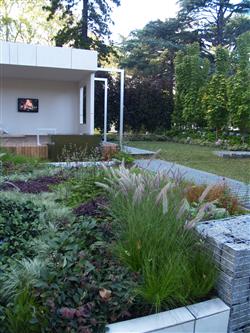
BUILDING BIOLOGY COURSE
Learn to create a healthy interior in a house or building
Learn to understand and explain how physical characteristics of a building and its surrounds have an impact upon human health. Studying this complements Healthy Buildings I, and is an ideal follow on for anyone who has studied that course or it may be taken on its own.
Gain an understanding of:
-
The impact of chemicals used indoors on health
-
The impact of different furnishings
-
The effect of locations
-
The effects of pesticides using both inside and outside and more..